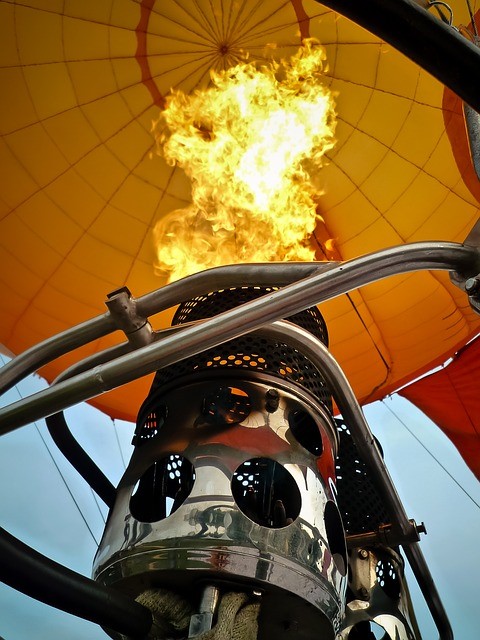 China is once again named top one in trademark applications received in 2018, making already 16 consecutive years. In addition, many changes impacted the Chinese Trademark Law and the China Trade Mark Office (CTMO), the most remarkable ones are the following:
China is once again named top one in trademark applications received in 2018, making already 16 consecutive years. In addition, many changes impacted the Chinese Trademark Law and the China Trade Mark Office (CTMO), the most remarkable ones are the following:
Chinese office’s changes
On April 10, 2018, a new organism was established. It is the State Market Supervision and Administration Bureau, whose function is to govern the National Intellectual Property Administration PRC (CNIPA). This organism manages both patents and trademarks applications whilst, in past decades, both were managed by different organisms : the SAIC (trademarks) and the SIPO (patents).
By centralising both patents and trademarks, the examination speed on all kind of procedures, particularly national trademark applications, electronic communications and some other issues have significantly been improved, at least for the 2018 period.
Bad faith and several measures against it
Despite being the top one country in trademark applications, more than 7.3 million in 2018, a problem concerning bad faith is also present. According to CNIPA, more than 100.000 applications were irregular, and the CNIPA illustrates this extent noting that 24 bad faith applications were filed with identical signs to Bentley trademark.
Attempting to face this situation, the CNIPA drafted a document, which contains several provisions to fight against irregular applications. It is composed by eight articles about how to recognise this kind of applications and if so, how to proceed with them.
Moreover, due to the subject-matter importance, an amendment has been made to the Chinese Trademark Law, which will come into force in November 2019. Roughly, it establishes that trademarks applied for but not intended for use purpose and in bad faith should be rejected. Consequently, pursuing the same purpose, the amount claimed for damages has increased from 3 million RMB to 5 million RMB.
Finally, the Government established an administrative organism whose main mission is to enforce registered trademarks: the Administration for Market Regulation (AMR). Any trademark holder or even an interested third party could request this organism to address the disputes arose. This organism has the authority to mandate ceasing certain activities as imposing fines, which generally very high for the infringer.
- Original Equipment Manufacturer (OEM) issues
For many years, the following discussion has been held: whether the use of trademark in OEM production should be assessed as infringement or not.
Recently, the Supreme People’s Court published a retrial judgment in a dispute related to OEMs. It seems settle after this retrial judgment, which states that trademark use in OEM production does not infringe the Chinese trademark right owned by the original product owner. Thus, this is not an infringement.
After all the above mentioned modifications, it seems that China intends to continue positioning itself as the top one country in trademark registration, making its legislation a worldwide appeal.


